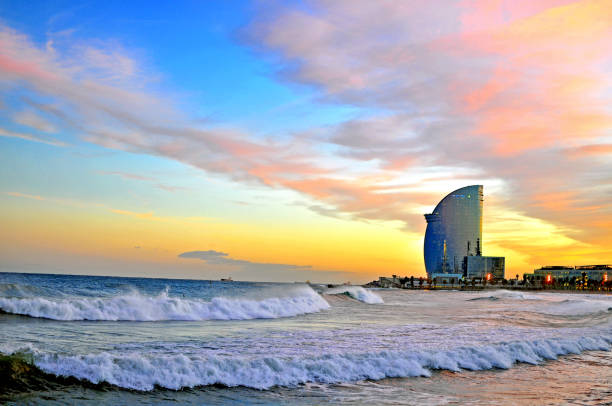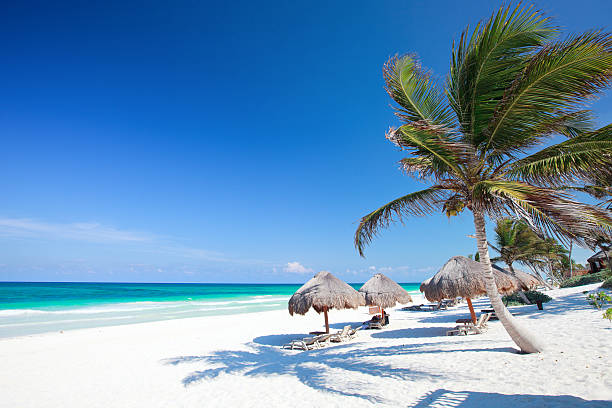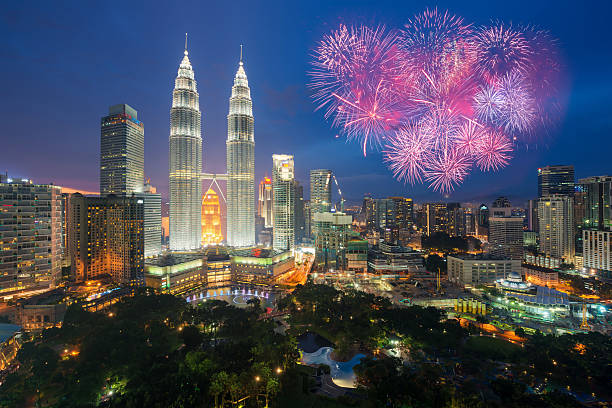The Captivating Charm of Reykjavik Domes
Reykjavik landmarks
Reykjavik, the capital city of Iceland, is known for its stunning landscapes, natural wonders, and unique architecture. Among its many attractions, the Reykjavik domes stand out as captivating landmarks that add charm and character to the city. These architectural marvels not only serve as functional spaces but also represent the rich cultural heritage of Iceland. In this article, we will explore the fascinating history and design of Reykjavik domes, and understand why they are considered an integral part of Iceland's architectural landscape.
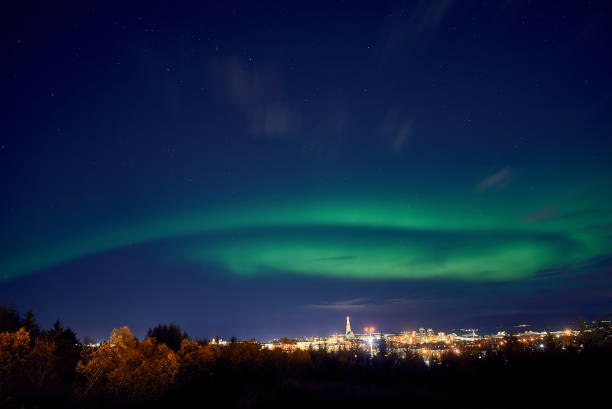
Reykjavik domes
The Reykjavik domes, also known as “domed structures,” are a collection of iconic buildings that showcase Iceland's modern and innovative approach to architecture. These domes can be found throughout the city, serving various purposes ranging from cultural centers, concert halls, sports arenas, to religious spaces.
One of the most well-known Reykjavik domes is the Harpa Concert Hall and Conference Center. Designed by renowned Danish-Icelandic artist Olafur Eliasson, in collaboration with the Danish architectural firm Henning Larsen Architects, the Harpa Concert Hall is a striking combination of glass and geometric shapes, resembling the beautiful crystalline structures found in Iceland's landscapes. This architectural masterpiece has become a symbol of Reykjavik and has won numerous international awards for its design.
Another notable Reykjavik dome is the Hallgrímskirkja, a Lutheran church that is also one of the tallest structures in Iceland. Designed by architect Guðjón Samúelsson, the church is renowned for its unique expressionist style and soaring tower that offers panoramic views of the city. The design of the Hallgrímskirkja is said to be inspired by the basalt lava flows commonly found in Iceland's volcanic landscapes.
In addition to these prominent domes, Reykjavik is dotted with smaller domed structures that contribute to the city's architectural charm and heritage. These include the Reykjavik City Hall, which serves as the seat of the city government, and the Búðakirkja, a black wooden church located on the Snæfellsnes Peninsula. Each dome has its own unique design and purpose, adding to the diverse architectural tapestry of Reykjavik.
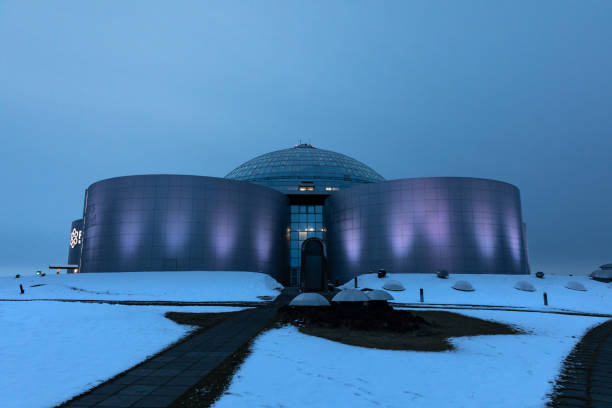
Iceland architecture
Icelandic architecture is distinctively influenced by the country's natural surroundings and environmental conditions. The harsh climate, volcanic landscapes, and the scarcity of raw materials have shaped the architectural style of Iceland over the years.
Traditionally, Icelandic turf houses, known as “hofs,” were the primary form of housing in rural areas. These houses were constructed by layering turf, stones, and timber, providing insulation and protection against the extreme weather conditions. Today, while modern construction methods have taken over, there is still a strong appreciation for the traditional turf houses, and efforts are being made to preserve them as an important part of Iceland's architectural heritage.
When it comes to contemporary architecture, Icelandic designers and architects have embraced innovation and sustainability while incorporating elements that reflect the country's unique identity. The use of local materials, such as volcanic rock and sustainable timber, is common in many projects. Additionally, the integration of energy-efficient design principles and renewable energy sources aligns with Iceland's commitment to environmental conservation.
Reykjavik domes exemplify this approach to architecture by seamlessly blending modern aesthetics with the natural beauty of the surroundings. The use of glass and geometric shapes in the Harpa Concert Hall creates a visual connection between the building and the ocean, while the Hallgrímskirkja's towering form pays homage to Iceland's dramatic landscapes. These architectural wonders not only serve as functional spaces but also celebrate Iceland's rich cultural and natural heritage.
In conclusion, the Reykjavik domes are captivating landmarks that enhance the city's charm and character. Their unique designs and cultural significance make them an essential part of Reykjavik's architectural landscape. Whether you are visiting Reykjavik for its natural wonders or exploring its cultural offerings, taking the time to appreciate these remarkable domes will undoubtedly enrich your experience and deepen your understanding of Iceland's captivating architecture


